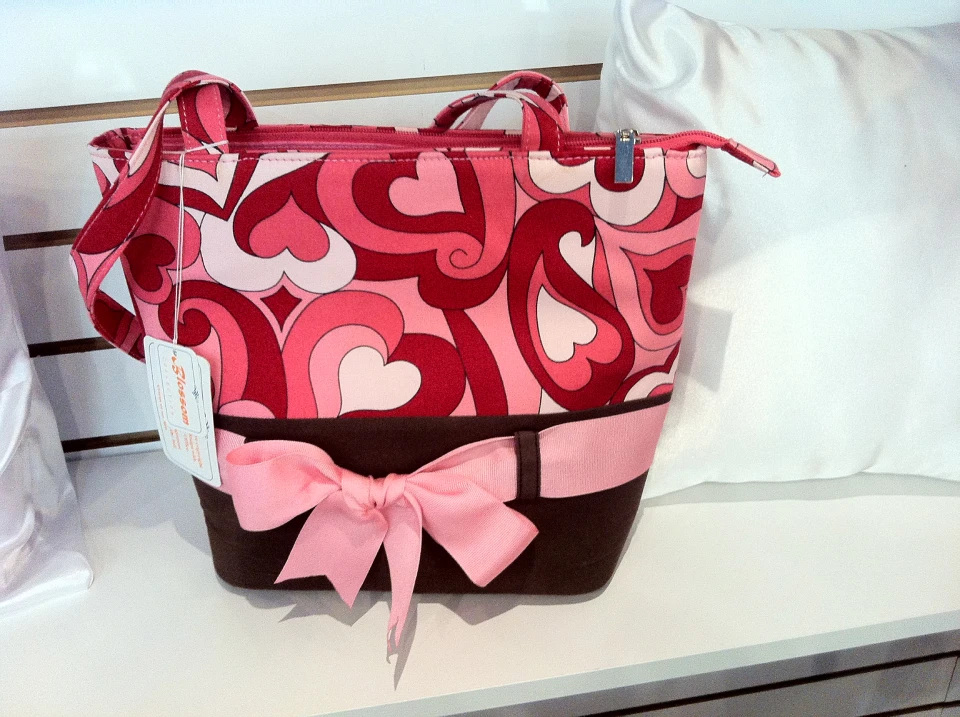Personalized School Uniforms with High-Quality Embroidery Solutions
Personalized School Uniforms with High-Quality Embroidery Solutions
Blog Article
The Art of Personalized Embroidery: Opening the Keys to Creating Unique and Memorable Designs
Needlework, a craft soaked in tradition and artistry, holds within its elaborate stitches the power to transform textile right into a canvas of unique expression. The secrets to creating custom needlework styles that astound the eye and leave a long-term impact hinge on a delicate balance of technique, creativity, and focus to detail. As we explore the globe of personalized needlework, we reveal the nuanced interaction in between string choice, stitch intricacy, and design personalization that elevates a plain garment to a masterpiece. Join us on a trip through the art of custom-made embroidery as we unravel the secrets behind crafting really remarkable and distinct productions.
Picking the Right Needlework Threads
When picking embroidery threads, what key factors should you think about to make certain the most effective outcomes for your personalized styles? The choice of needlework string is crucial in figuring out the last outcome of your stitched layout. Among the key considerations is the product of the string. Different materials such as cotton, polyester, rayon, and silk use differing degrees of luster, sturdiness, and appearance. It is important to select a string material that complements the fabric you are embroidering on and straightens with the preferred appearance of the layout.
Thicker strings can add dimension and appearance to your style, while finer threads are excellent for complex details and tiny text. Additionally, taking into consideration the color fastness and washability of the string is vital to make sure that your customized designs preserve their quality and vibrancy over time.
Discovering Different Stitch Strategies
To dig right into the realm of 'Discovering Different Stitch Techniques', one need to understand the intricacies and subtleties that each sewing technique offers the art of embroidery. Various stitch techniques not just add visual passion but additionally add to the general structure and measurement of the design. One preferred stitch technique is the satin stitch, which includes very closely stuffed parallel stitches to create a smooth and shiny surface area, suitable for completing shapes and developing bold details.
On the other hand, the backstitch is a flexible strategy frequently utilized for laying out and adding fine information. It includes sewing in reverse to create a solid line of embroidery. In addition, the French knot stitch adds a responsive aspect to layouts, perfect for creating textured accents like flower facilities or decorative touches.
Exploring different stitch strategies allows embroiderers to have fun with light, darkness, and deepness within their designs, elevating the visual allure and creative top quality of their needlework tasks. By understanding various sewing techniques, one can open countless opportunities for producing one-of-a-kind and remarkable customized needlework items.
Incorporating Personalized Style Aspects
Having actually discovered the ins and outs of different stitch techniques such as the satin stitch, backstitch, and French knot, the emphasis now changes towards including individualized style aspects in personalized needlework jobs. Personalized layout aspects play an essential duty in making needlework jobs truly special and memorable.
An additional method to integrate personalized style elements is by including signs or themes that hold unique significance to the recipient or mirror their rate of interests and individuality. For instance, including a favorite blossom, animal, or hobby-related sign can make the needlework style much more purposeful and customized. In addition, selecting shades that resonate with the recipient or line i loved this up with the desired theme can further enhance the personalization of the needlework task.
Understanding the Art of Color Coordination
One trick facet of shade coordination is recognizing shade theory. This consists of recognizing how various colors connect with each various other, the emotions they communicate, and how they can be integrated to produce visually attractive layouts. By applying color concept principles, embroiderers can produce harmonious shade palettes that improve the total look of the style.
Additionally, focusing on contrast is essential in color control. Utilizing contrasting colors can help specific aspects of the layout pop, improve clarity, and produce an aesthetically dynamic needlework item. By understanding the art of color coordination, embroiderers can raise their designs and create unforgettable items that reverberate with customers and audiences alike.
Enhancing Structure With Advanced Needlework Stitches

French knots, for instance, are excellent for including small, raised dots to your style, simulating the look of grains or creating a textured surface. Bullion knots, on the other hand, can be used to produce twisted, ropelike elements that include an extravagant feeling to the needlework. Seed sewing entails little, scattered stitches that can complete areas with a multicolor appearance, while turkey job develops cosy, dimensional accents evocative animal fur or foliage. Explore these sophisticated needlework stitches allows you to press the boundaries of bespoke tailored suits conventional needlework and create really distinct and visually appealing appearances in your styles.
Conclusion
Finally, the art of personalized embroidery includes a combination of choosing the appropriate strings, exploring different stitch strategies, integrating individualized design components, grasping shade coordination, and boosting structure with advanced stitches. By recognizing and carrying out these crucial elements, embroiderers can develop special and memorable layouts that showcase their creative thinking and skill. Needlework fanatics can unlock the keys to creating beautiful and custom items that stand apart and leave a long lasting impression.
Report this page